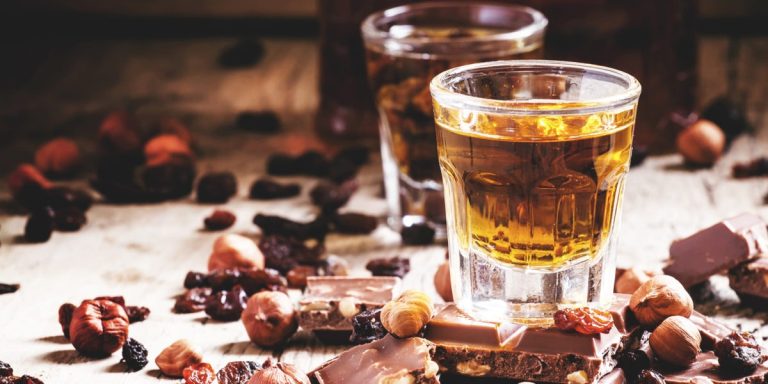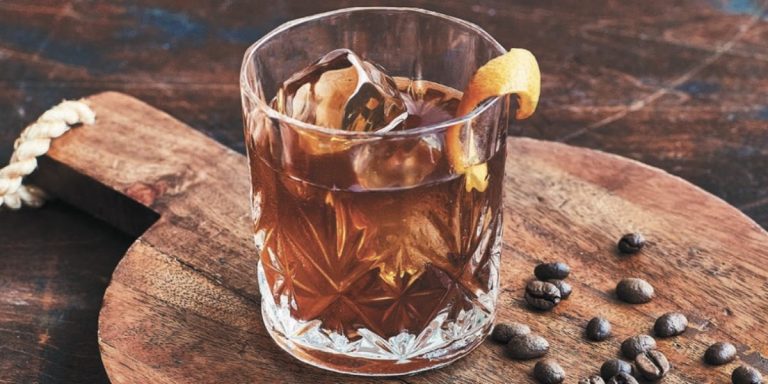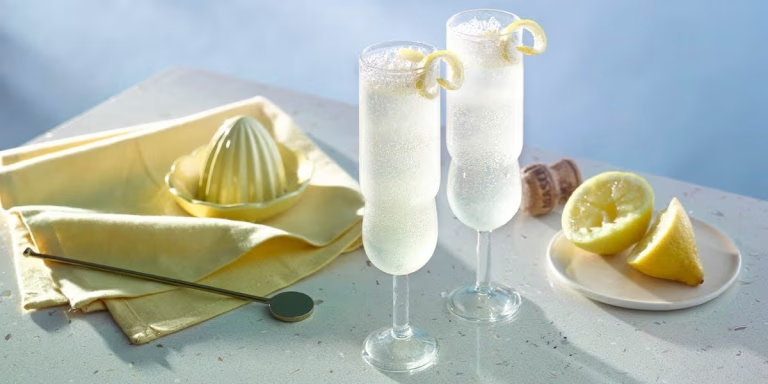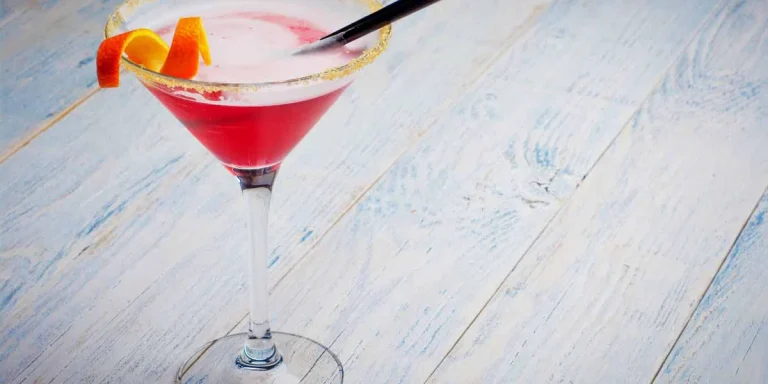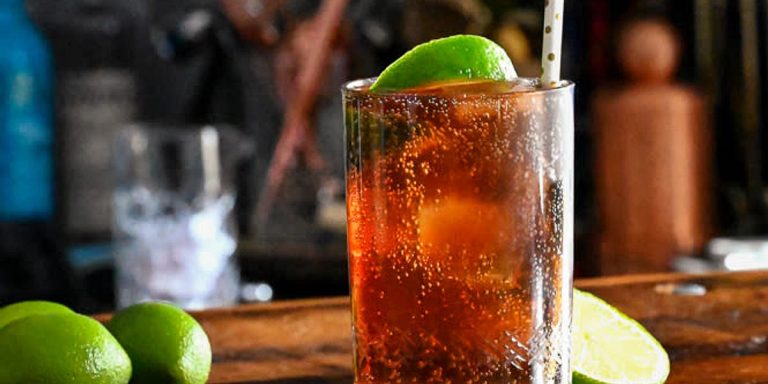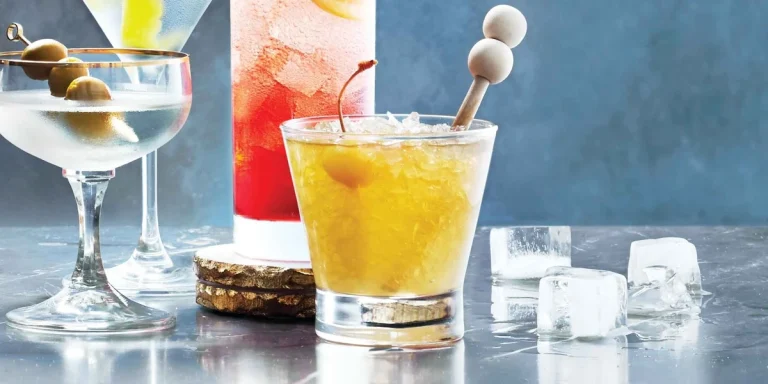Whiskey Sour Wars: Egg White or No?
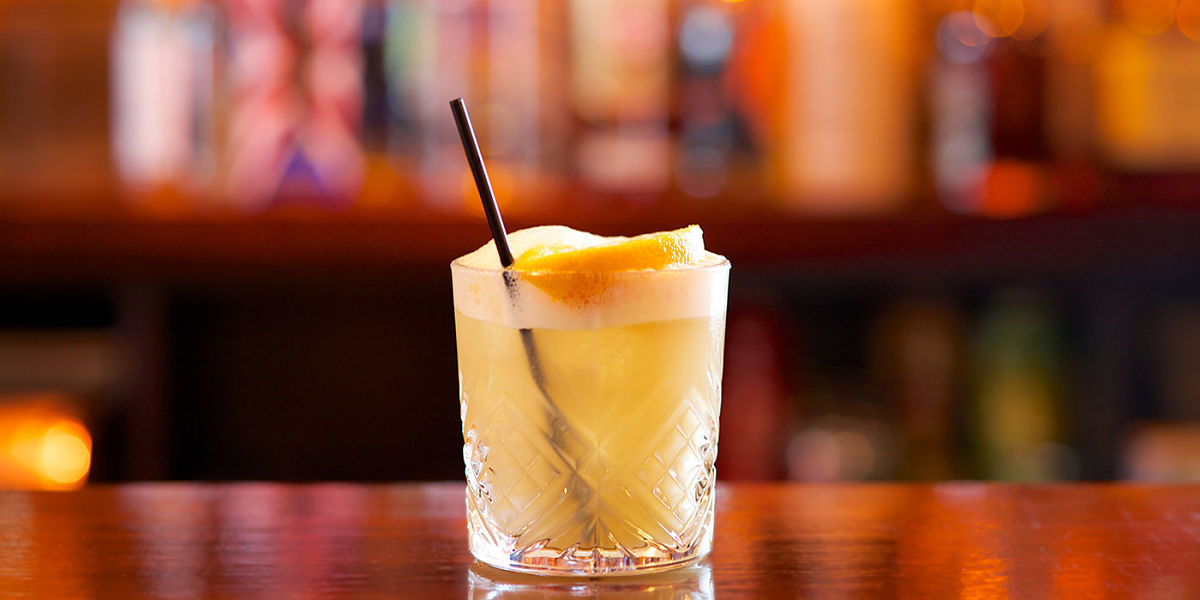
The Whiskey Sour has always been a cocktail that sparks debate, and the most divisive question is simple yet passionate: should it include egg white or not? I’ve heard bartenders argue about it behind the bar, watched cocktail enthusiasts defend their stance like it’s a matter of honor, and even found myself switching sides depending on the mood of the night. To me, the Whiskey Sour isn’t just about whiskey, citrus, and sugar; it’s about the texture, the experience, and the story each sip tells. And that’s where egg white enters the picture.
When I mix a Whiskey Sour without egg white, the drink is bright, crisp, and direct. It hits with whiskey’s strength, lemon’s acidity, and the sweet balance of simple syrup. But when I shake it with egg white, the transformation is undeniable. The frothy crown softens the edges, making the drink velvety, almost luxurious. It’s like two cousins from the same family one brash and bold, the other smooth and sophisticated. Both share the same roots, yet they take completely different approaches to charm you.
The Birth of a Classic
The Whiskey Sour dates back to the mid-1800s, making it one of the oldest cocktails still thriving today. Originally, it was a simple sailor’s mix of spirits, citrus, and sugar a formula that became the foundation for countless cocktails. Back then, refrigeration was scarce, citrus helped preserve health, and whiskey was readily available. The drink wasn’t just about pleasure; it was survival wrapped in refreshment.
Egg white, however, didn’t enter the picture immediately. That addition came later, most likely in the early 20th century, when bartenders began experimenting with texture and presentation. The egg white added that glossy foam, a silky mouthfeel, and a certain visual elegance that elevated the drink from sailor’s ration to cocktail lounge staple.
Texture Versus Purity
The heart of the debate rests on one question: is texture as important as taste? Without egg white, the Whiskey Sour is sharp, vibrant, and refreshing. Every note comes through with clarity. With egg white, the cocktail shifts gears. The foam cushions the acidity, rounds the edges, and lingers longer on the tongue. It’s not that one version is better it’s that they speak different languages.
When I want something that wakes me up, I’ll skip the egg white. The crisp bite of lemon cuts straight through the whiskey, and the simplicity feels raw and honest. But when I’m in the mood to linger, to savor each sip like I’m slipping into a velvet armchair, I’ll reach for the egg white version. That silky froth makes me slow down, appreciate the texture, and let the flavors unfold gradually.
The Visual Element
Cocktails aren’t just about taste they’re about the theater of the pour, the presentation in the glass, and the anticipation that builds before the first sip. Egg white brings showmanship to the Whiskey Sour. The frothy top creates a canvas for bitters, often dotted or dashed in artistic patterns that elevate the drink visually. Without it, the drink looks simpler, clearer, and perhaps less dramatic.
In my opinion, both have their merits. A bare Whiskey Sour carries an honesty that speaks to tradition, while the foamy egg white crown adds flair that catches the eye in a crowded bar. When I’m making the cocktail at home, I’ll often decide based on who I’m serving. If it’s just me after a long day, I go simple and straight. But if friends are around, I’ll crack the egg, shake hard, and let the foam steal the show.
The Egg White Resistance
Not everyone loves egg white in their drink, and I completely get it. Some people are turned off by the idea of raw egg in a cocktail, no matter how safe pasteurized eggs may be. Others dislike the texture, calling it too heavy or even slimy if not shaken properly. And then there are purists who argue that the original Whiskey Sour never needed egg white in the first place, so why complicate it?
I’ve had my fair share of poorly made Whiskey Sours with egg white, and I can honestly say that a bad shake can ruin the drink. If the egg isn’t emulsified correctly, the foam separates, leaving a thin, unpleasant layer that distracts rather than enhances. This is where technique matters, and it’s why not every bar gets the egg white version right.
Shaking It to Perfection
Technique can make or break the egg white Whiskey Sour. The dry shake shaking the ingredients without ice first is crucial. It emulsifies the egg white, creating that rich foam. Then comes the wet shake with ice, chilling and diluting the drink to perfection. Skipping this step often leads to disappointment.
Personally, I find the ritual of the dry shake almost meditative. The sound of liquid bouncing against tin, the feeling of pressure building, the reveal of a dense froth when you finally crack it open it adds to the satisfaction of making the drink. For me, that ritual alone makes the egg white version feel special, like a performance I get to enjoy before even taking a sip.
Flavor Balancing Act
Whiskey is the star, lemon is the foil, and sugar is the peacekeeper. Add egg white, and suddenly the balance shifts. The acidity mellows, the sweetness smooths out, and the whiskey becomes less aggressive. The cocktail turns from a bold declaration into a thoughtful conversation.
Some people prefer the purity of the non-egg version because they want the whiskey to remain sharp and unsoftened. Others, like me on a calm evening, find joy in the rounded balance that egg white brings. It’s less about right or wrong and more about what you want from the moment.
Egg White Alternatives
For those who don’t want egg white but still crave foam, aquafaba chickpea water has become a popular substitute. It mimics the frothiness without the raw egg factor, and it’s vegan-friendly. I’ve experimented with it, and while it works surprisingly well, I still prefer the richness of a real egg white. The flavor is cleaner, the foam denser, and the texture more authentic.
Still, aquafaba opens the door for people who might otherwise avoid the egg white Whiskey Sour altogether, and I think that’s a win for inclusivity in cocktail culture.
The Social Divide
What fascinates me most is how this debate has become a cultural marker in cocktail circles. Order a Whiskey Sour without egg white at a craft cocktail bar, and you might get a raised eyebrow. Ask for one with egg white at a dive, and you may get a puzzled look. The choice says as much about your drinking style as it does about your taste.
When I meet fellow cocktail enthusiasts, this question often comes up like a secret handshake. Egg white or no? The answer sparks laughter, arguments, and even playful teasing, but it always leads to deeper conversations about what we value in a drink.
My Personal Verdict
If I had to choose one version for the rest of my life, I’d go with egg white. The texture, the ritual, and the visual appeal win me over every time. It feels complete, like the Whiskey Sour has found its fullest expression. But that doesn’t mean I don’t appreciate the clarity of the non-egg version. Sometimes you need the punch, the unfiltered boldness, and the stripped-down honesty.
To me, the Whiskey Sour isn’t one drink it’s two personalities sharing the same soul. Both deserve their place in the glass, and both continue to inspire passionate debate among drinkers like me who care about every shake, every pour, every sip.
The Future of the Debate
I doubt the Whiskey Sour wars will ever end, and that’s the beauty of it. This debate keeps the cocktail alive, keeps bartenders experimenting, and keeps drinkers engaged. Whether egg white becomes the standard or remains a divisive option, the Whiskey Sour will continue to evolve, and I’ll keep making both versions depending on my mood.
At the end of the day, cocktails are about pleasure, about creating moments of joy in a glass. Whether you lean toward frothy sophistication or sharp simplicity, the Whiskey Sour has a way of meeting you where you are. And that, to me, is what makes it one of the greatest cocktails ever invented.

